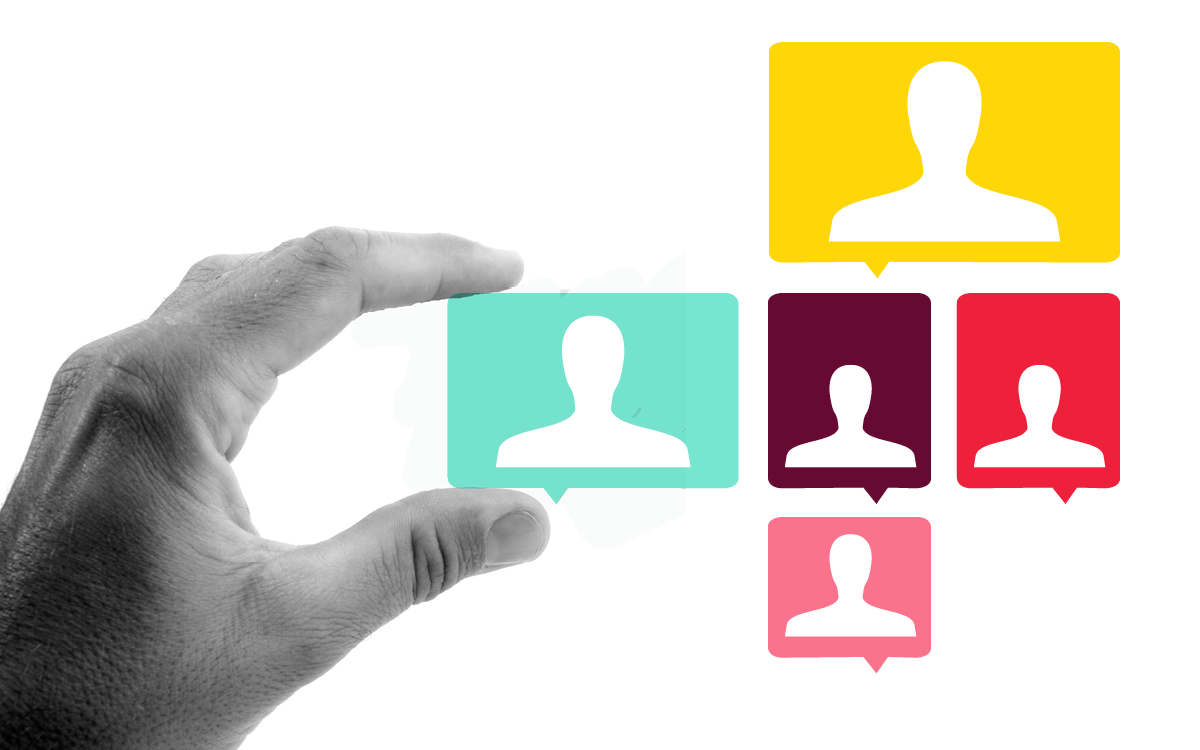User experience is an interdisciplinary field in its own right, but the concepts, tools, and techniques UX designers use trickle into neighboring professions as well. Understanding the core concepts of user experience can help improve your work in a variety of careers from web development to marketing and design.
Let’s take a look at a range of careers that involve and/or are affected by user experience.
1. Front-End Development
Front-end developers are typically the development team that UX designers work with most closely if they are, in fact, two separate teams. This close-working relationship fosters a mutual understanding between the two teams and tends to build a common language.
Front-end developers are often closest to the wireframes and high-fidelity mockups produced by the UX designers and they do the majority of the UI implementation. Therefore, it benefits the front-end developers to have an understanding of user experience in order to more easily understand and implement the vision depicted by the user experience team.
The more these two teams understand each other’s work, the stronger their communication becomes and, in turn, the stronger the final product will be.
2. Marketing
Most UX professionals will describe their job as knowing their users, and knowing them well. Marketers might use a similar description. Therefore, marketers who understand user experience and UX designers who understand marketing will have a stronger grasp on how to use marketing tactics that are most effective from a user’s perspective.
Marketing and UX are linked further than just a user-centric focus in their work. Tools and insights that are collected and used by marketing teams like market research, analytics, conversion rates, and A/B testing are important for UX designers as well. UX researchers often seek recommendations and guidance from marketing teams who utilize such practices.
The fact that both teams, sometimes independently of each other, are conducting similar techniques and strategies to get at the common goal of “knowing their users” demonstrates the strong connections they share.
3. Graphic Design
Graphic designers communicate with their users via text and images. They tend to make choices like what font or color palette to use. A graphic designer is often tapped toward the end of a project to “skin” the final designs using the wireframes and mockups created by the UX team.
If the graphic designer and UX designer speak a similar language, it allows the graphic designer to make more thoughtful suggestions when collaborating on a final product.
UXers and graphic designer can butt heads because good user experience does not always go hand in hand with the most visually pleasing layouts. If a graphic designer understands some of the reasoning and decision-making that goes into the user experience designer’s thinking, a more thoughtful and collaborative conversation will take place.
Learn more about our Visual Design course.
4. Customer Service
Customer service and user experience can have a profound impact on each other. If a user had a bad experience with a customer service department, that will change the way she experiences an entire company. On the flip side, the design of a company’s user experience can, in turn, affect the customer service department.
There is a reason that many UX professionals begin their research with a company by first interviewing customer service representatives. Customer service people know more about what’s wrong with a company than anyone else around. When a customer service representative receives the same “stupid question” over and over again this is an opportunity to rethink and improve user experience up front.
When customer services reps and UX designers work closely together they garner better insights and magic can happen.
5. Strategy
The way people interact with brands has changed greatly in recent years. Many brands are now understood through the lens of user experience and user interface. Therefore, now more than ever, UX designers and strategists need to partner with each other earlier and earlier in the process because strategists need UX insights to create a fuller picture.
Once again, for this partnership to work and be effective, both teams must develop an understanding for each other. Ian Spalter, head of design at Instagram believes that planners and UX designers can see eye to eye when they, “… move from an inspirational insight to an actionable insight — things that set a brand up for impact rather than just creating something new and shiny.”
6. Product Management
Products that provide great user experiences tend to achieve greater success. A product manager is in charge of facilitating this success by providing organizational leadership over her team, which typically includes user experience designers.
In order for product managers to effectively guide their teams, they require at least a high-level understanding of their team’s skill sets. It may fall on the product manager to describe and validate user experience decisions and recommendations in order to help drive the product forward.
Learn more about our Product Management courses.
Explore a Career in UX Design
User experience (UX) design extends its influence far beyond its disciplinary boundaries, impacting various professions and enhancing collaboration across teams. The demand for UX designers remains constant, interested in building a design career? Learn more about our full time UX design bootcamp course.
Explore Upcoming UX Design Workshops
